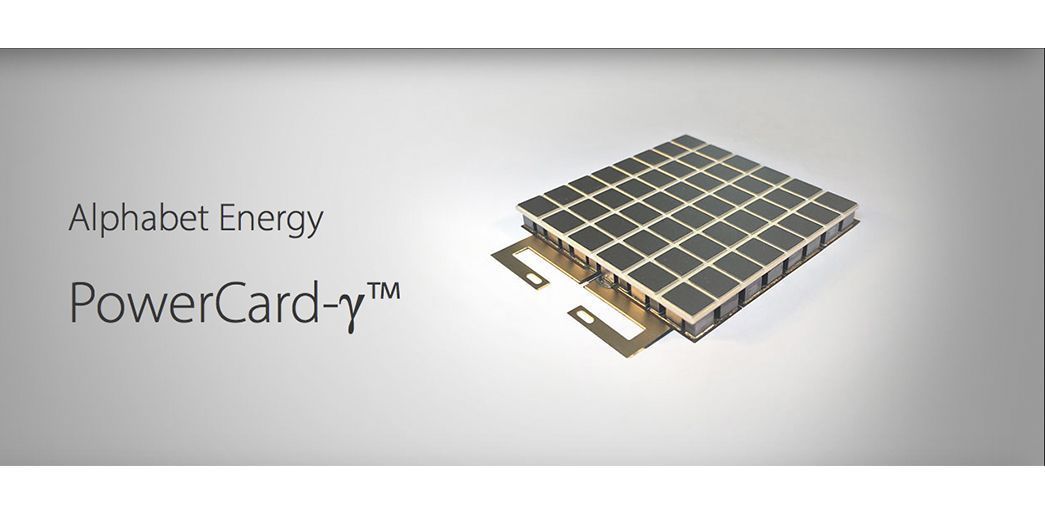AÑO
2023
CATEGORÍA
Comunidad
OBJETIVOS
Ciudades y comunidades sostenibles, Vida submarina
PAL. CLAVE
fishing, sustainable fishing, Food security, oceans
PAÍS
Norway
CRÉDITOS
X Company
LINK
https://www.linkedin.com/company/x/
Tidal
Protecting the ocean with technology systems while feeding humanity sustainably
How does it work?
Tidal’s underwater camera system and machine perception tools are bringing visibility to our ocean ecosystems so we can better understand and protect them.
Today, the Tidal system is able to continuously monitor fish underwater while surviving the rough oceanic conditions like frigid temperatures, salt water (which causes corrosion), and strong currents. The system can detect and interpret fish behaviors (such as feeding) and model fish behaviors over time—all of which can help fish farmers make better, more environmentally-friendly decisions about fish feeding, welfare, and health.
Why is it needed?
The ocean is critical to life on earth. It covers over 70% of our planet, and nearly 40% of the world’s population live within 60 miles of the sea. The ocean provides oxygen, food, and livelihoods for billions of people. But humanity is pushing the ocean past its breaking point. Pollution, rapid acidification, and unsustainable fishing farming practices are destabilizing oceanic ecosystems, from tropical reefs to the Arctic, advancing a chain reaction of damage that threatens both aquatic and human life.
Today, half of the world relies on fish as a major source of animal protein, but nearly 90% of our wild fishing stocks are depleted. With our global population expected to balloon to 10 billion people by 2050, there is an urgent need to find new ways to nourish our growing global population without damaging the ocean.
How does it improve life?
In order to meet humanity’s growing protein needs, we need to be able to expand ocean farming. However, fish farmers do not have all of the tools they need to farm sustainably. They operate without consistent objective information about the health of their fish or the environment they swim in, and constantly have to manage challenges from pests like sea lice and pollution from uneaten feed. This lack of information can lead to outbreaks of disease and pollution, which is costly both for the farmers and the environment. Helping fish farmers find environmentally friendly ways to run and grow their operations could prove critical both for feeding humanity and protecting the health of the ocean.



